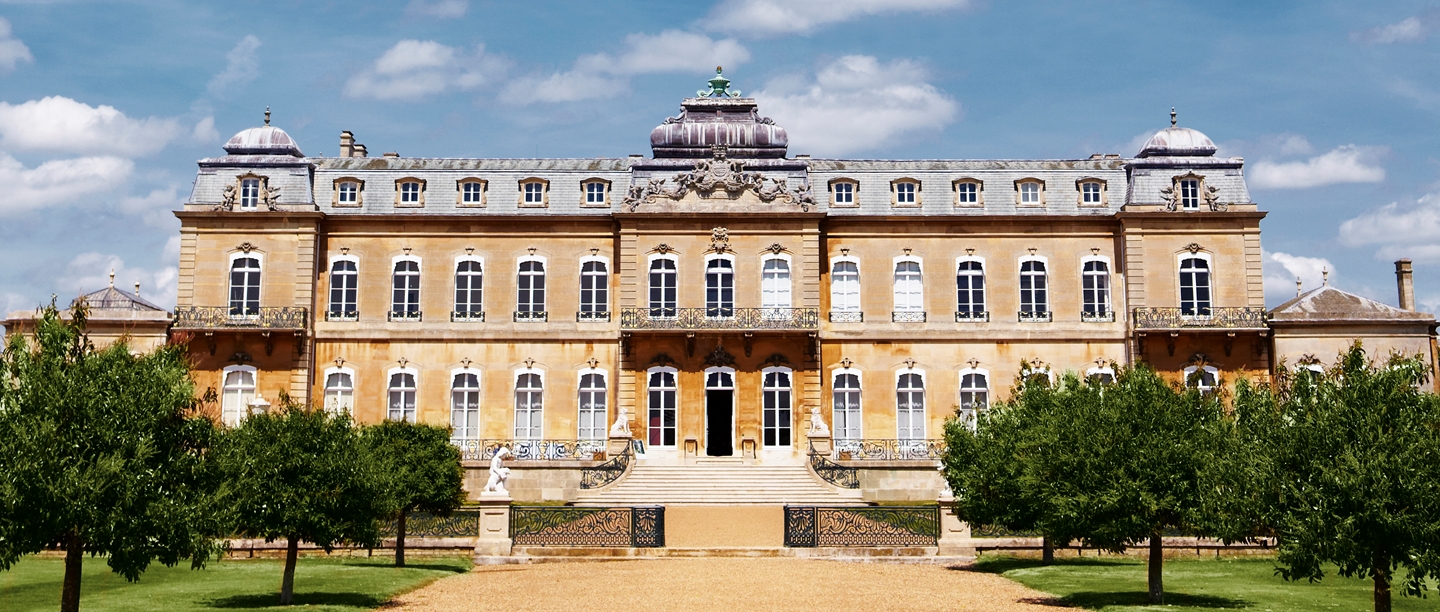
20 Questions Quiz
Test your knowledge with our quiz for Women's History Month
-
1 What is unusual about the blue plaque to the poet and dramatist Joanna Baillie?
Answer: It is actually a red-brown colour
Scottish poet and dramatist Joanna Baillie (1762–1851) achieved widespread fame in the early 19th century with her major work Plays on the Passions. Her plaque at Bolton House on Windmill Hill was only the fourth to commemorate a woman. It was put up in 1900 by the Society of Arts and, unlike modern plaques, it is encaustic, red-brown in colour and has a distinctive patterned border with the words 'Erected by the Society of Arts' interlaced.
-
2 Ada, Countess of Lovelace (1815–52) has been called the world’s first what?
Answer: Computer programmer
Ada was the only legitimate child of the poet Lord Byron. She was brought up by her mother, who encouraged her interest in maths and science, and she went on to work on the analytical engine developed by Charles Babbage. She has a blue plaque in St James's Square.
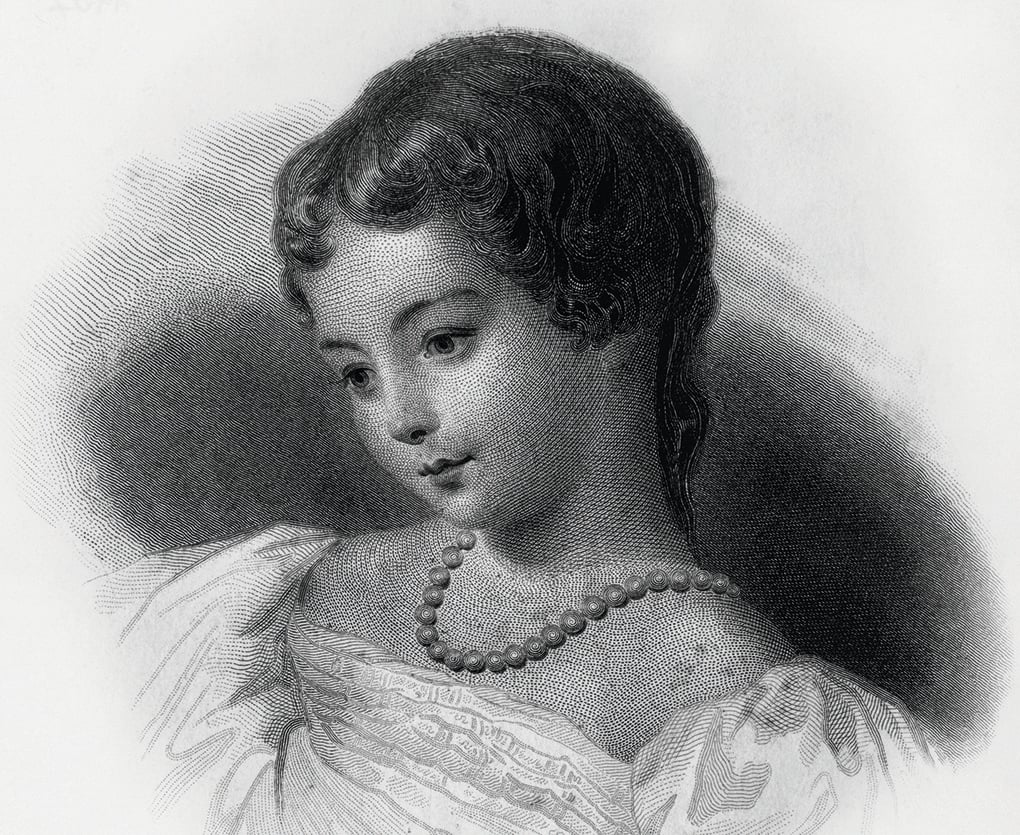
-
3 Margaret Brotherton, one of the richest women in England in the 1300s, lived in which castle after she was twice widowed?
Answer: Framlingham Castle
Margaret Brotherton (about 1320–99) was a wealthy and influential noblewoman, whose business acumen, as well as a series of untimely deaths, made her one of the richest women in England. After the death of her second husband, Lord Mauny, in 1372, she spent most of her time at Framlingham Castle in Suffolk, where she enjoyed an extravagant lifestyle.
-
4 Which mother and daughter share a blue plaque for their work as campaigners for women’s suffrage?
Answer: Emmeline and Christabel Pankhurst
Emmeline Pankhurst and her daughter Christabel led the militant campaign for women's right to vote in the early 20th century. During the First World War, they both lived at 50 Clarendon Road in Holland Park, where Emmeline also cared for her adopted 'war babies', and this is where their blue plaque was erected in 2006.
-
5 During the First World War, women came to Wrest Park in Bedfordshire to work as what?
Answer: Nurses
During the First World War, Wrest Park served first as a convalescent home and then as an auxiliary hospital. The hospital wards, which could accommodate up to 200 patients, were on the ground and first floors, while the 24 nurses occupied servants' rooms in the attic. In total, 1,600 men passed through the hospital's wards before its life as a hospital came to an end in September 1916, following a fire.
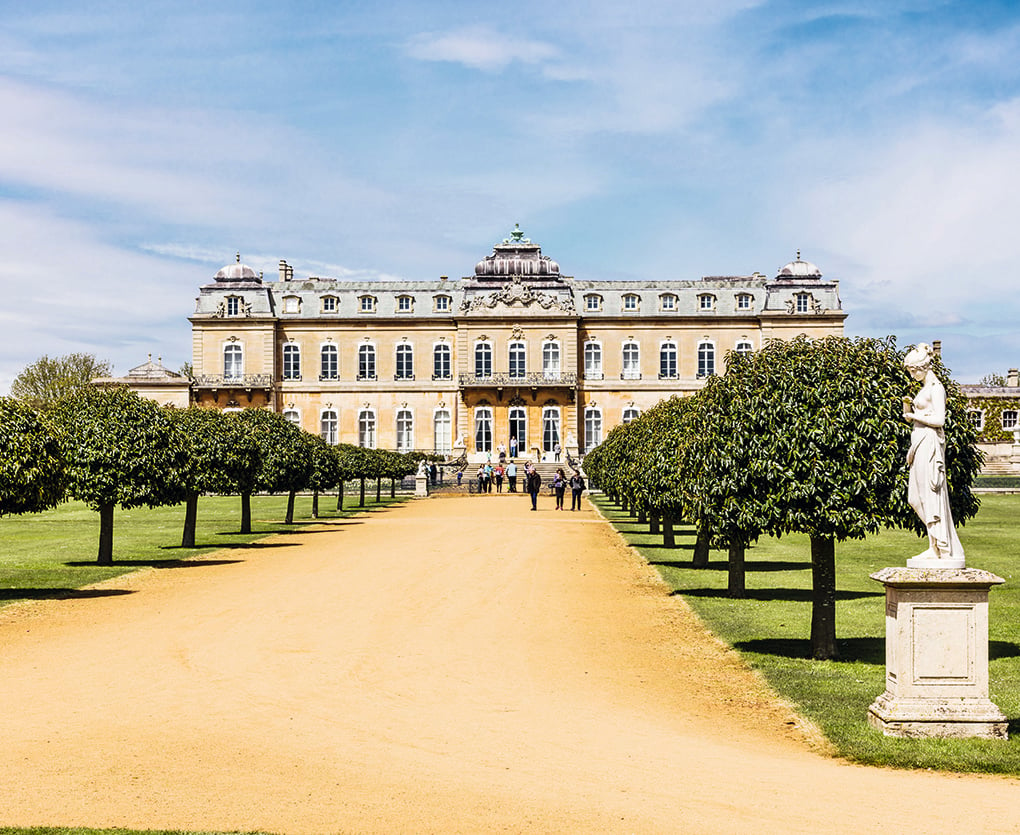
-
6 Which influential woman was besieged at Dover Castle in 1265?
Answer: Eleanor de Montfort
Eleanor de Montfort (1215–75) was the sister of Henry III and the wife of the powerful William Marshal the younger, Earl of Pembroke and, later, Simon de Montfort. In October 1265, royalist prisoners whom Eleanor was holding in Dover Castle convinced their guards to release them and fortified the tower against her. When Prince Edward heard what had happened he besieged the castle. Attacked from both inside and outside the castle, Eleanor negotiated a settlement in which she was exiled to the continent and her supporters would receive pardons.
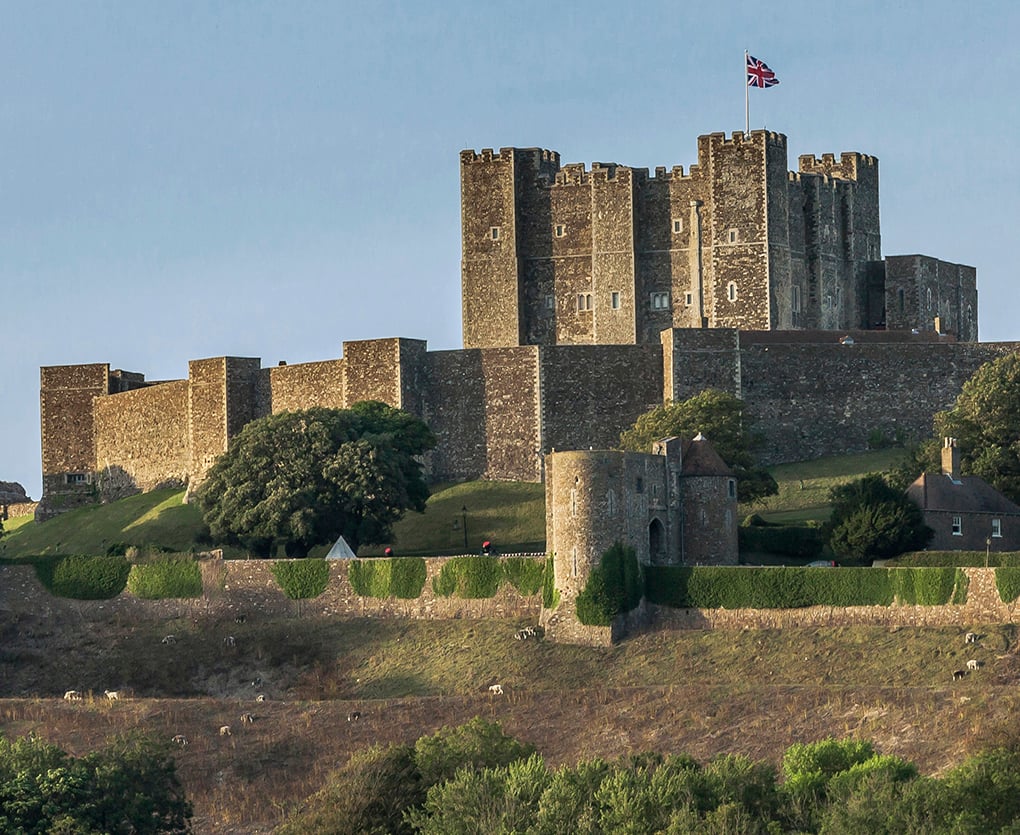
-
7 St Hild led one of the most important religious centres in the Anglo-Saxon world. What was it?
Answer: Whitby Abbey
St Hild (614–680) was the abbess of Whitby, a monastery for both men and women. In 664 the monastery hosted the Synod of Whitby, which set the course for the future of Christianity in England, including deciding how the date on which Easter falls each year should be calculated.
-
8 What was the name of the first woman to sit in parliament?
Answer: Nancy Astor
The American politician and society hostess Nancy Astor (1879–1964) was the first woman to sit in parliament, and held her seat for more than 25 years. During that time, she lived at 4 St James's Square in London, where a blue plaque was installed in 1987. (The first woman to be elected to the Commons was Constance Markievicz, in 1918. However, as a member of Sinn Féin, she did not take her seat.)
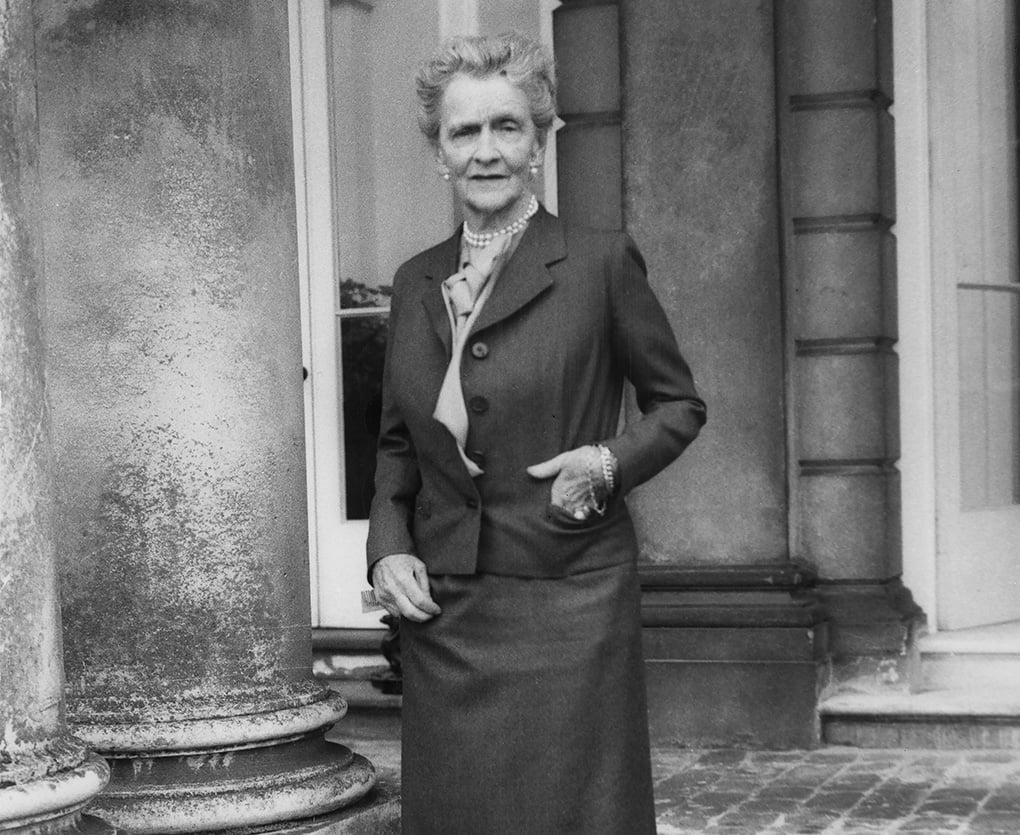
-
9 Eleanor Coade was a successful Georgian craftswoman who invented what?
Answer: A brand of artificial stone
Coade stone, which was used for making architectural and garden ornaments, was invented by Eleanor Coade (1733–1821), at a time when industry was dominated by men. The stone was so hard-wearing that many sculptures made from it remain in pristine condition today. Examples can be seen at Battle Abbey in East Sussex, Audley End in Essex and Chiswick House in west London.
-
10 Which property was built by Henrietta Howard?
Answer: Marble Hill House
After escaping from an abusive marriage, Henrietta Howard (1689–1767) became servant to Caroline, Princess of Wales, and mistress of the Prince of Wales (later George II). During her time at court, Howard began to build Marble Hill House – a beautiful Palladian villa set in 66 acres of parkland on the banks of the River Thames.
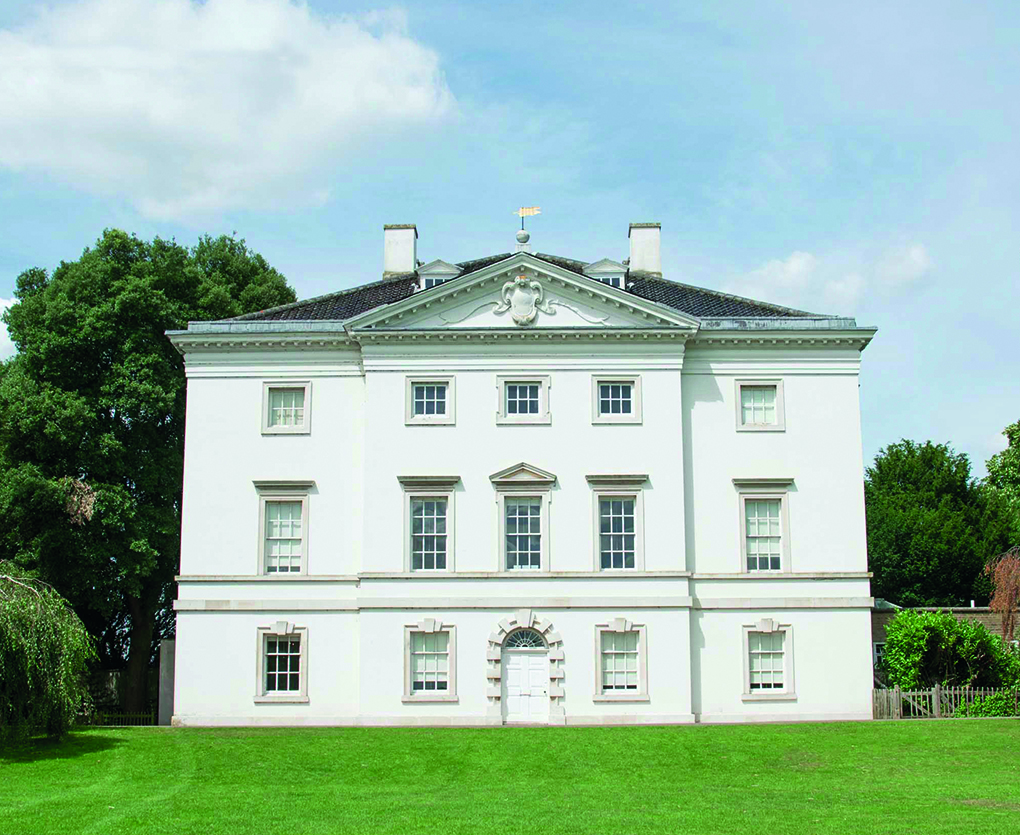
-
11 Where did Amy Johnson start her journey when she flew from England to Australia in 1930?
Answer: Croydon
Amy Johnson (1903–41) set off from Croydon in a second-hand De Havilland Gipsy Moth on 5 May 1930. When she arrived in Port Darwin 19 days later, she became the first woman to fly solo from England to Australia. She went on to make numerous flight records and was the first British woman to qualify as a ground engineer. She has a blue plaque at her former home in Cricklewood.
-
12 Kitty Godfree held a world record for over 90 years in which sport?
Answer: Tennis
Kitty Godfree (1896–1992) set a world record in 1924 for holding the most Olympic medals – five – won at tennis. The record was only equalled, by Venus Williams, at the 2016 games. Godfree also won Wimbledon twice, in 1924 and 1926, landing both the singles and mixed doubles titles. A blue plaque has been erected at her former home in Richmond.
-
13 Violette Szabo was the first British woman to be awarded what?
Answer: The George Cross
In 1942, Violette Szabo (1921–45) joined the French section of the Special Operations Executive (SOE). She was sent into occupied France twice: first in April 1944 and for the second and final time two months later, when she was captured by the Germans. After months of captivity – and refusing to speak under interrogation – she was executed at Ravensbrück concentration camp. Szabo was awarded the George Cross posthumously.
-
14 Who, in 1553, became England’s first official queen?
Answer: Mary I
Mary Tudor was the daughter of Henry VIII's first wife, Catherine of Aragon. Henry's only male heir was Edward VI, who removed Mary from the line of succession as she was a passionate Catholic. Edward named his cousin (and fellow protestant) Lady Jane Grey as heir and she became the de facto ruler of England for a few days after Edward's death on 6 July 1553, before the Privy Council proclaimed Mary as queen on 19 July.
-
15 Can you name any one of the five castles restored by Lady Anne Clifford?
Answer: Brough Castle, Brougham Castle, Appleby Castle and Pendragon Castle (all Cumbria); Skipton Castle (North Yorkshire)
Lady Anne fought a 40-year battle for her right to inherit the estates that belonged to her father, George Clifford, 3rd Earl of Cumberland. When the earl died in 1605, he left the estates to his brother Francis and Francis's heirs. Lady Anne only took ownership of the estates in 1643, following the death of Francis's son, Henry. Lady Anne then spent the last three decades of her life restoring the estates, which had been badly neglected, and repairing the five castles.
-
16 Countess Isabella de Fortibus owned which island in the 13th century? Holy Island, Isle of Wight, St Mary’s or Isle of Man
Answer: Isle of Wight
Countess Isabella de Fortibus (1237–93) was one of the greatest heiresses in 13th-century England. Her remarkable life illustrates the power and riches that could lie in the hands of women of noble birth in medieval England. Edward I's reign was dedicated to increasing his landholdings and he coveted the Isle of Wight for its strategic position and the wealth it generated. But Isabella stood firm against the king and, in 1281, even won when he challenged her control of the island in court.
-
17 For how many years did the reign of Queen Victoria last?
Answer: 63 years
Queen Victoria (1819–1901) was the niece and only living heir of William IV. She was crowned in 1837, when she was just 18, and reigned until her death in 1901. She married her cousin, Prince Albert of Saxe-Coburg and Gotha, in 1840. After Albert died in 1861, Victoria entered into a state of permanent mourning, and only wore black for the rest of her life.
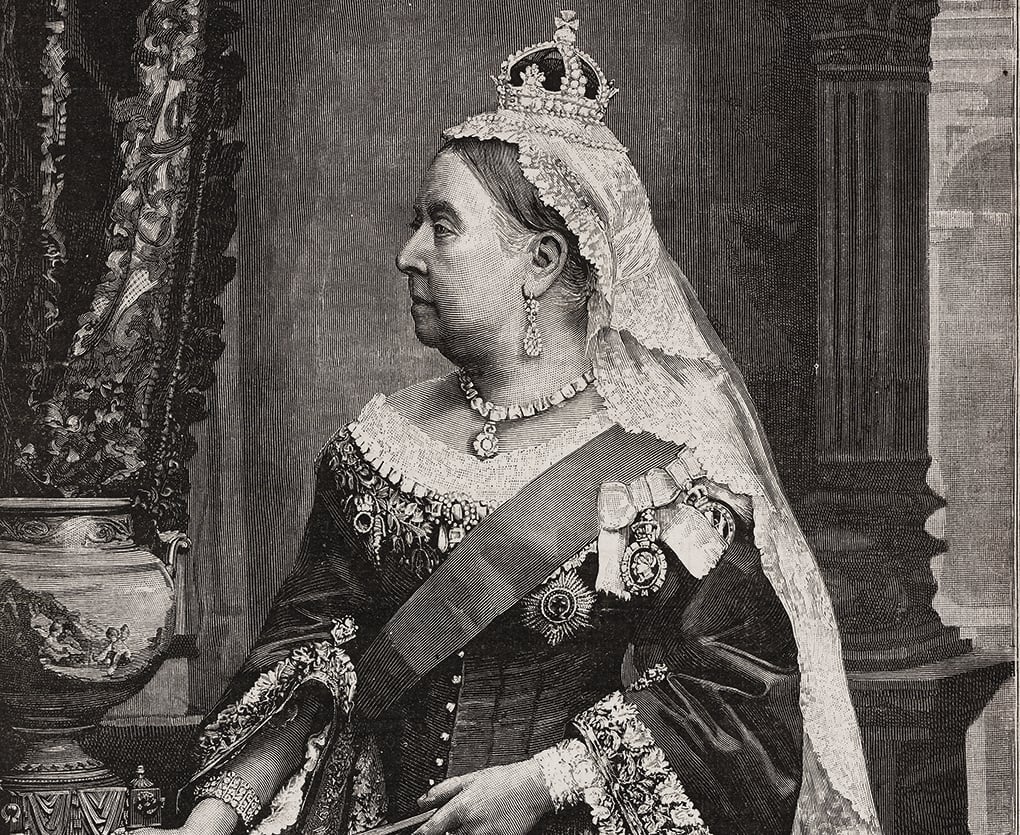
-
18 Margery Kempe is arguably the author of the first what?
Answer: The first autobiography ever written in English
The wife of a King’s Lynn brewer, Margery Kempe (1373–1438) dedicated her life to piety and pilgrimage, following the birth of her 14th child, and travelled as far afield as Jerusalem, Assisi, Santiago de Compostela and Norway. She narrowly escaped being burned as a heretic and ended up celebrated as an important spiritual mystic. This is partly down to her authorship of what is arguably the first autobiography ever written in English. There is only one known copy of the book, which has been digitised by the British Library.
-
19 Which woman was the first black broadcaster to be given her own series by the BBC?
Answer: Elisabeth Welch
Elisabeth Welch (1904–2003) was a singer whose recording career spanned eight decades and encompassed New York, Paris and London. She appeared in cabaret, on stage and in films, working with Ivor Novello and popularising songs by Cole Porter and Edith Piaf in Britain. In 1934 she was the first black broadcaster to be given her own radio series, Soft Lights and Sweet Music, by the BBC. At that time she was living in Ovington Court, just off Brompton Road, which is now marked with her blue plaque.
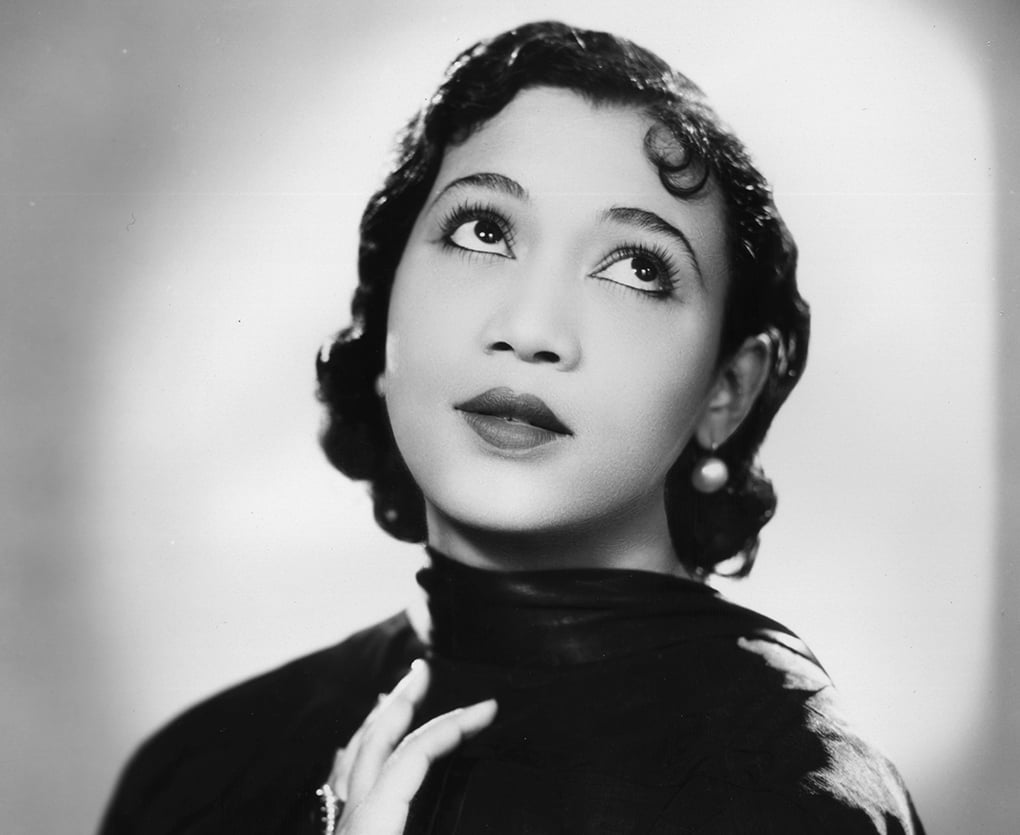
-
20 Who inspired the 2015 film Queen of the Desert, starring Nicole Kidman?
Answer: Gertrude Bell
After attending Oxford University – with frequent country house weekends at her grandfather's home, Mount Grace Priory – Gertrude Bell (1868–1926) spent periods in Bucharest and Tehran, made two round-the-world trips, and undertook a number of mountaineering expeditions. She was recruited by British intelligence during the First World War and later went on to become a powerful force in Iraqi politics. The 2015 biopic about Bell's life, Queen of the Desert, was written and directed by Werner Herzog. She has a blue plaque in Sloane Street, a family home and her London base for many years.
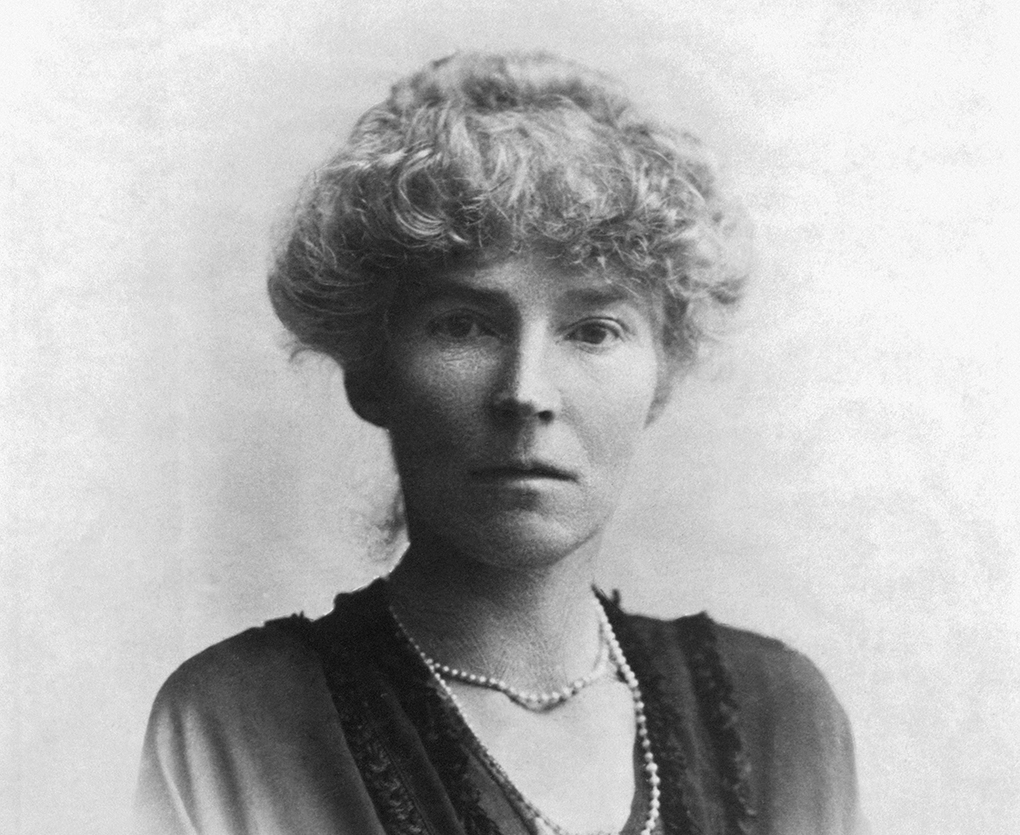
Go Behind the scenes
-
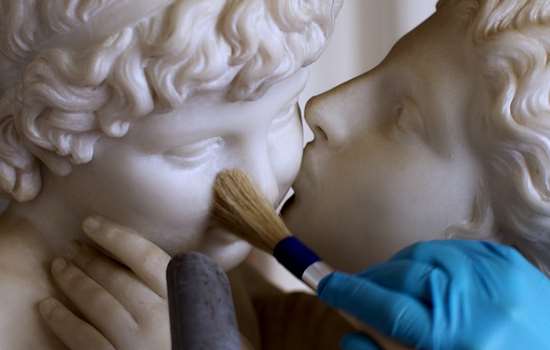
Behind the Scenes at Osborne
Watch our video to find out what happens in preperation for the season at Queen Victoria's seaside retreat.
-
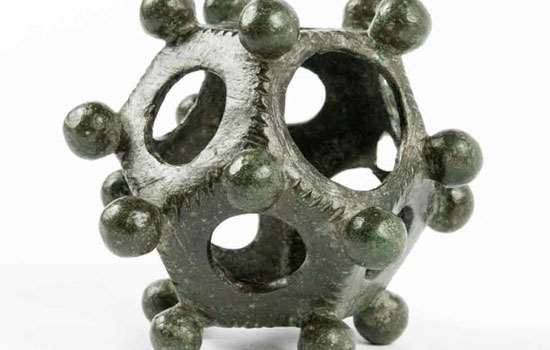
8 Interesting objects
Find out about 8 of the most fascinating objects in the English Heritage collection.
-
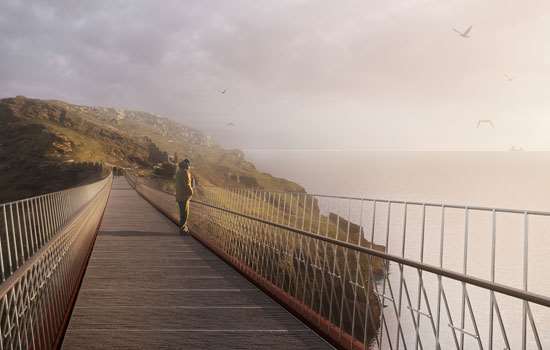
The new bridge at Tintagel
Go behind the scenes and learn about the making of Tintagel's spectacular new bridge.